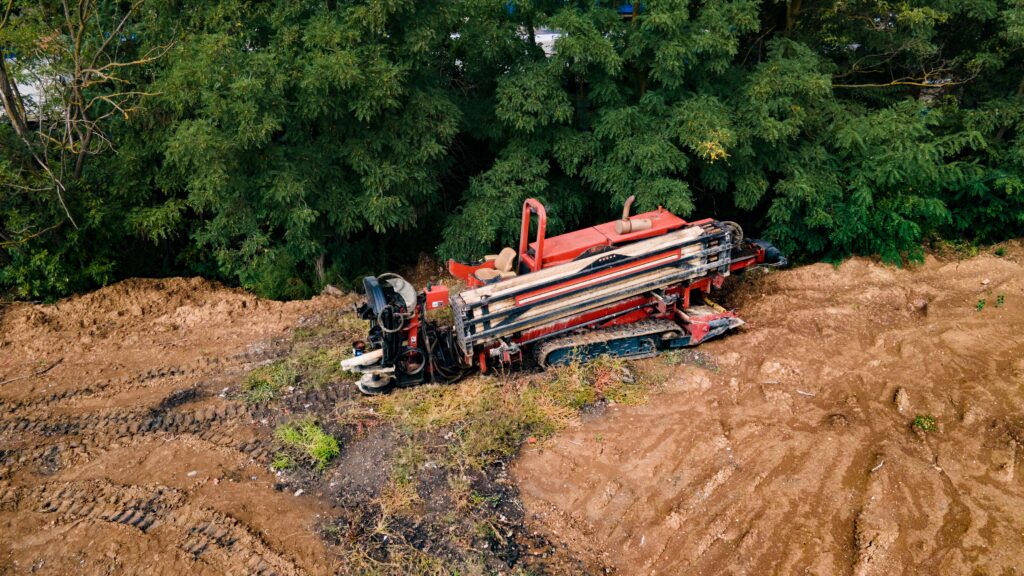
Horizontal wells are known for their ability to be installed in hard-to-reach places, such as areas where sub-slab vapor mitigation is likely to be required. Though horizontal wells are an exceptional option for remediation purposes, in some cases the goal is to simply mitigate the threat of vapor intrusion, and horizontal wells are ideal for that too.
Sub-slab vapor mitigation takes place beneath active buildings to prevent the threat of vapor intrusion (VI). In some cases, a site requires the full remediation of harmful vapors beneath a facility. This would involve the installation of soil vapor extraction (SVE) wells, which operate at a large capacity to remove as much contamination as possible. The vapors are then transported to a remediation system, where they are treated. In other situations, vapor intrusion only needs to be mitigated.
Regulations and project costs can have a large effect on the remedial process of a site, particularly when toeing the line between sub-slab vapor mitigation and remediation. When performing soil vapor extraction, the concentration of the contaminants in the extracted air requires remediation, which costs money to operate. The alternative is to install a vapor mitigation system, which operates in the same way as soil vapor extraction, but the airflow is reduced to keep recovered air concentrations below actionable levels. This keeps the interior of the building safe.
Through horizontal directional drilling techniques, horizontal remediation wells can be installed below building sub-slabs, running along the building foundations to provide maximum protection against harmful vapors. Though horizontal wells are often used for soil vapor extraction purposes, they are also an ideal solution for vapor mitigation. One horizontal well can provide hundreds of feet of screen directly below a building or home, offering maximum coverage against potentially harmful vapors rising in the vadose zone.
By using horizontal wells, the drill rig can be situated in a convenient location outside of the building, so that there are no interruptions to business operations during the installation process. Similarly, one horizontal well can often replace tens of vertical mitigation points that would need to be installed from inside the building, creating business interruptions as they are drilled through the building foundation.
Horizontal wells keep regulators, clients, and environmental consultants happy by providing significantly more lateral coverage for sub-slab vapor mitigation while reducing business interruptions.
77 N. Plains Industrial Road
Wallingford, CT 06492
Over 5,000 Horizontal Remediation Wells Installed Worldwide
NAICS Codes: 237990 Heavy Equipment & Horizontal Drilling • 237110 Water & Sewer Line and Related • 541620 Environmental Consulting Services for HRW Screen Design • 237130 Underground Cable Lying & Utility Line Construction
Copyright 2025 Directional Technologies, Inc. All Rights Reserved.